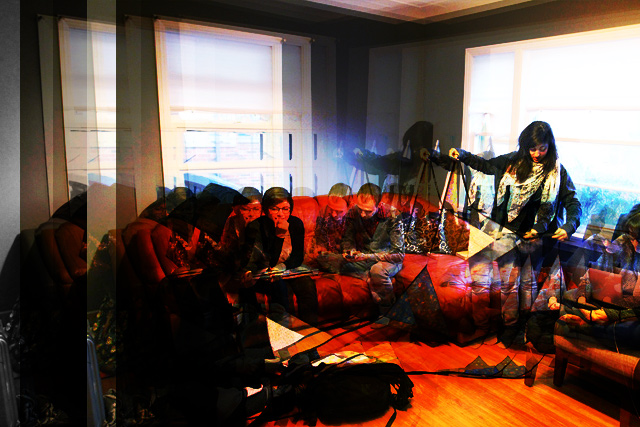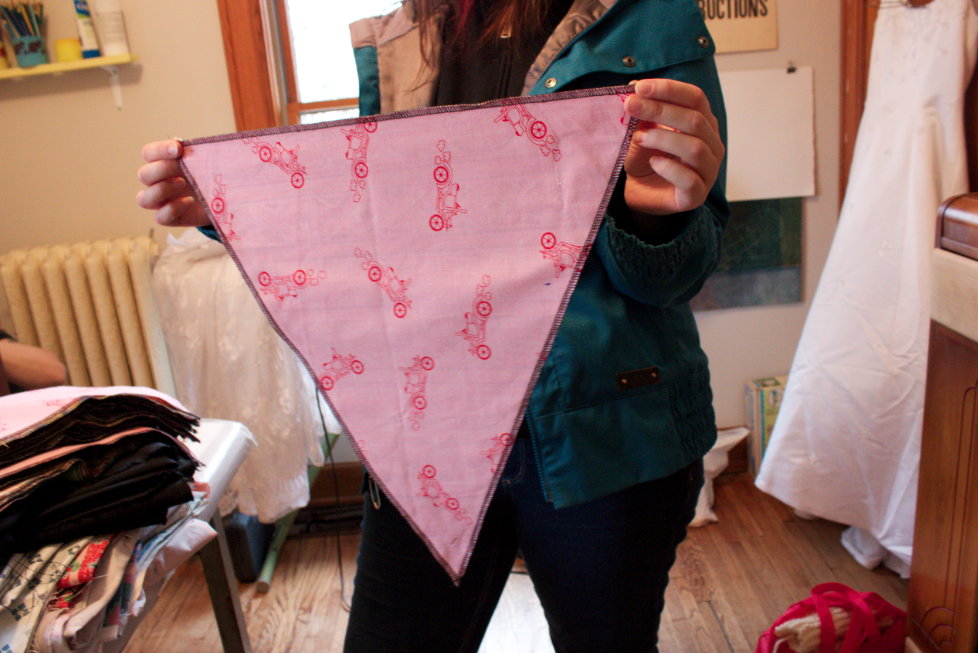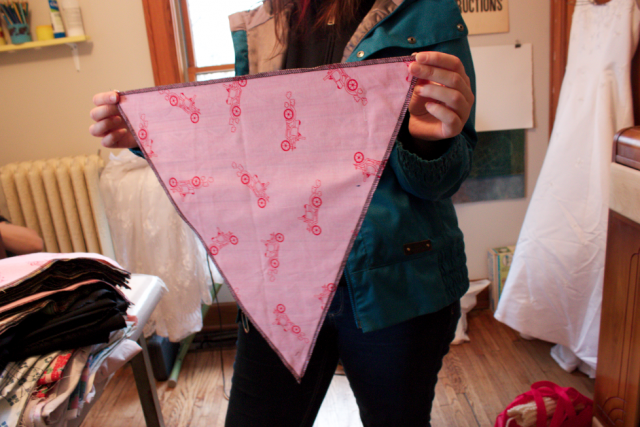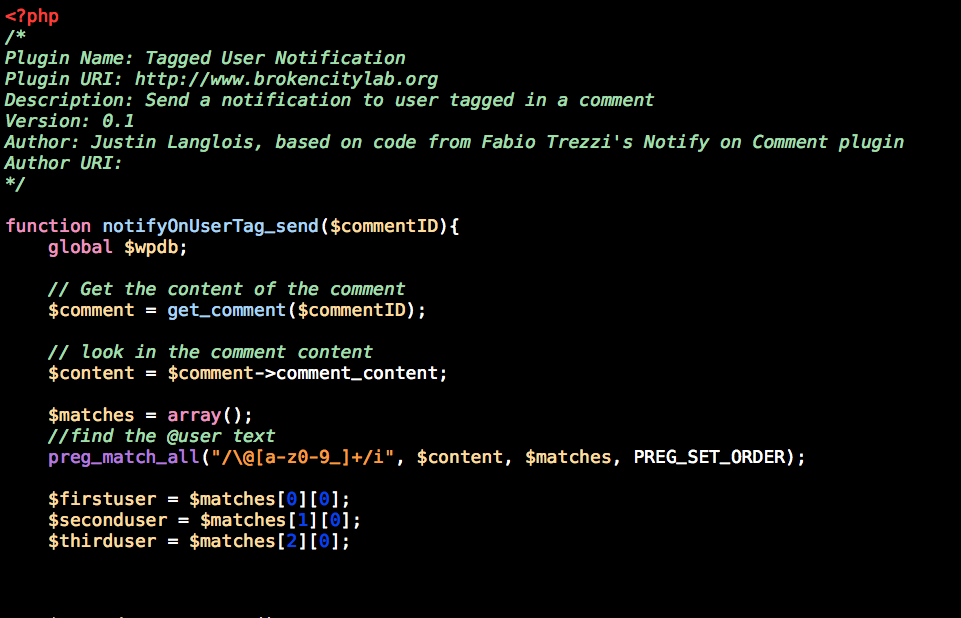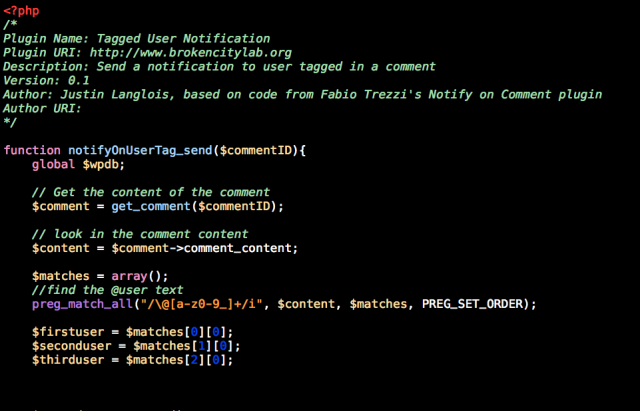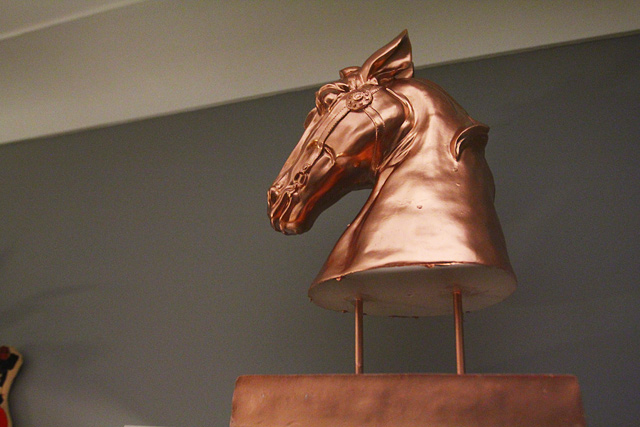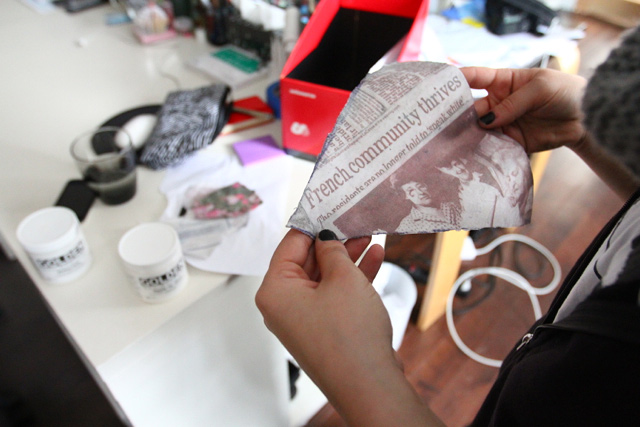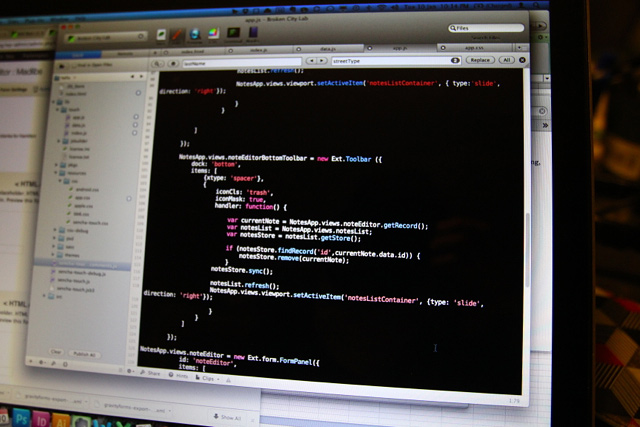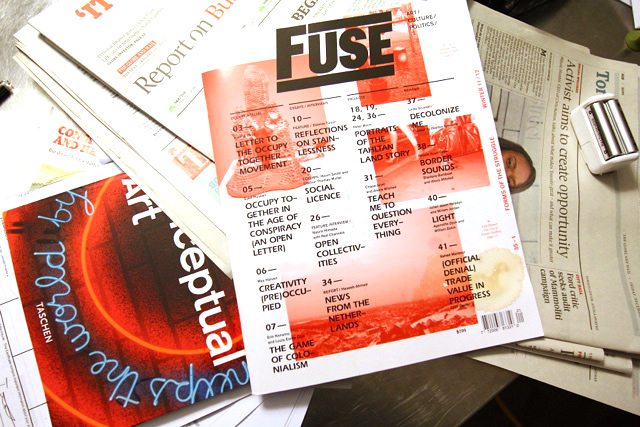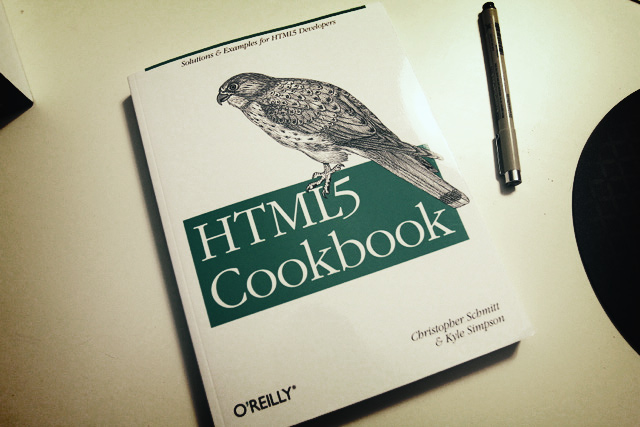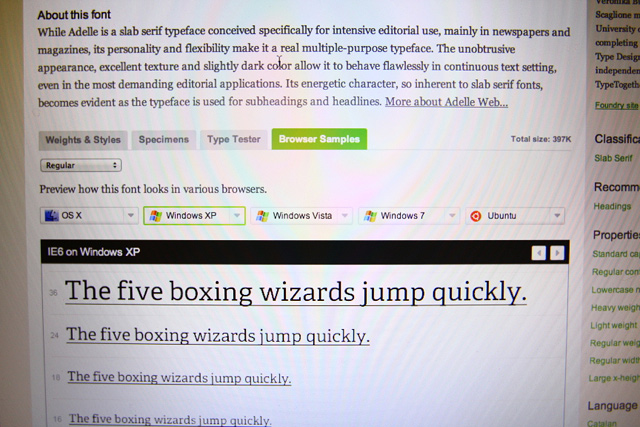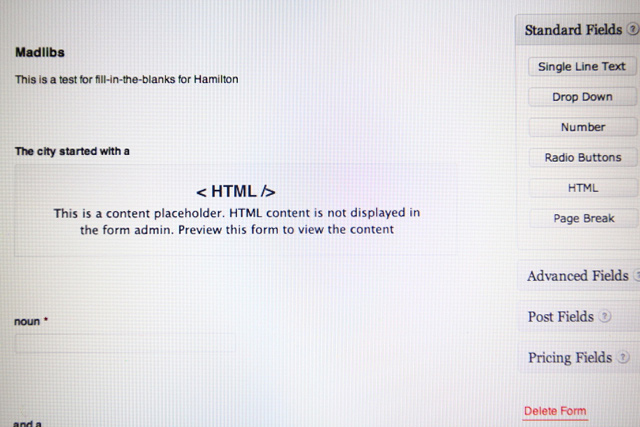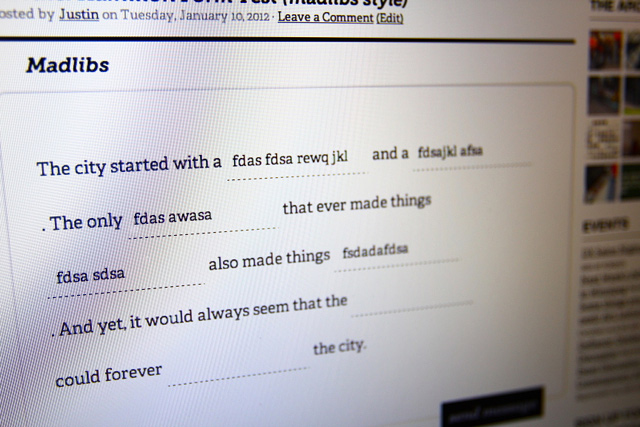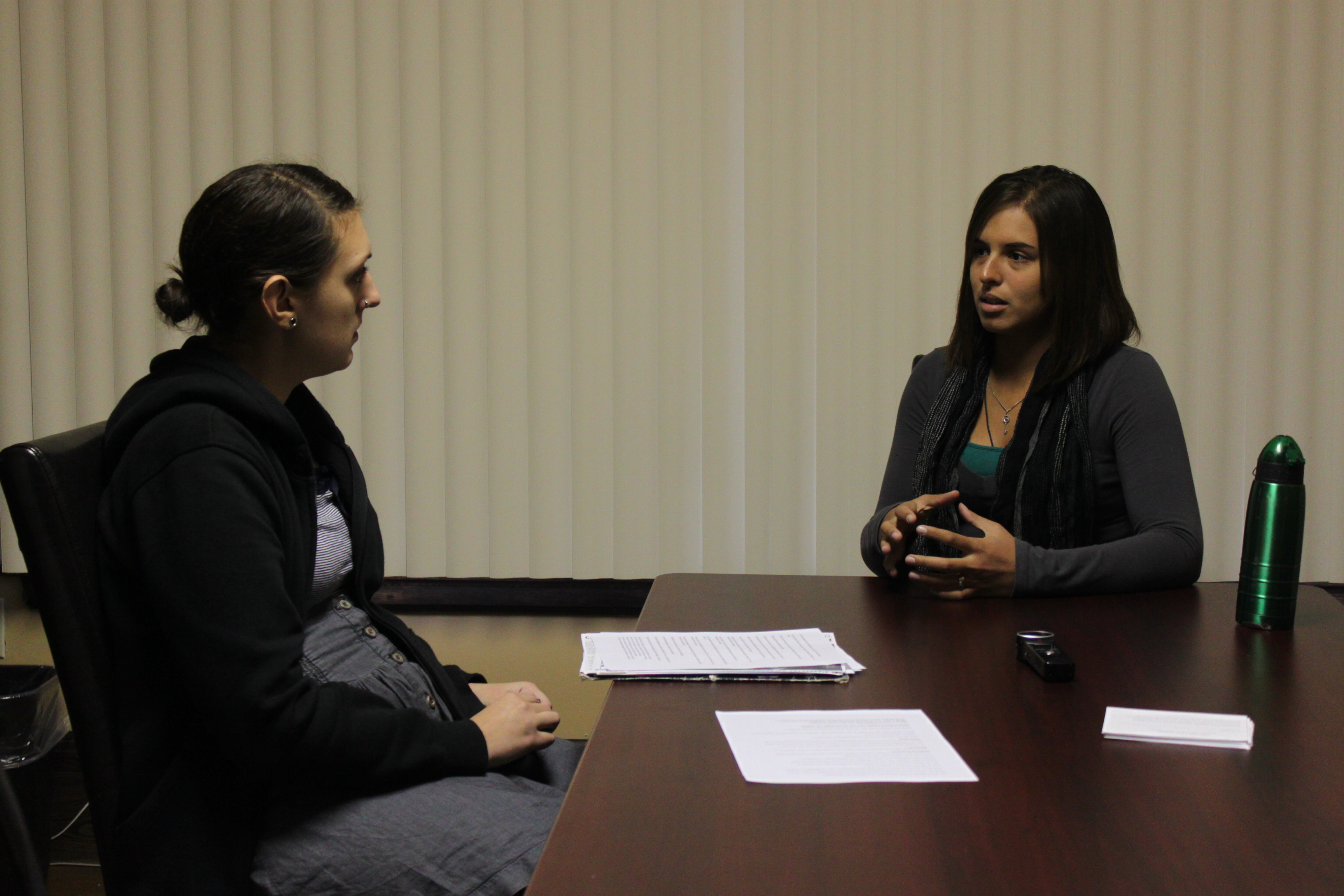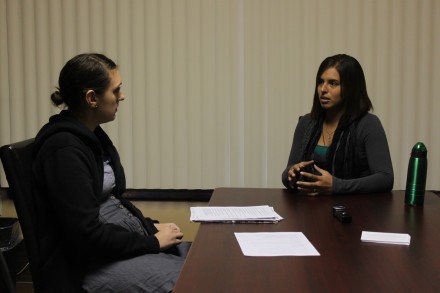Weekly Friday night meeting. Josh brought the bunting from Jodi for our Hamilton project, it looks excellent, and it’s only halfway done. Rosina and Michelle are tackling more transfers soon.
Errands! The Next Steps for Two Tales of a City
Equipped with a vehicle, Michelle and I spent a few hours on Wednesday out and about in the city gathering materials to further the process on our upcoming project in Hamilton.
Continue reading “Errands! The Next Steps for Two Tales of a City”
Sue Bell Yank on Art and Social Practice
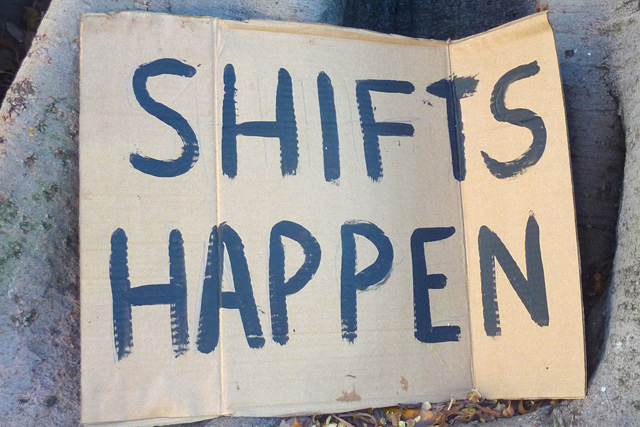
This is part of an ongoing set of one-question emails sent to people we know, or would like to get to know, about things that interest us and inform our collective practice. They’ll be featured on the site weekly, usually on Fridays. These questions are more about unfolding ideas than about the people we’re asking, but we do ask those kinds of questions too.
We’re ecstatic to launch this project with a question for Sue Bell Yank.
Is social practice, as a term or label, more valuable in extending the reach and possibility of visual artists, or more valuable as an articulation of an entirely different space and mode of production?
Social practice falls under the rubric of art, but it doesn’t really extend the reach and possibility of artists, because its realm has always been the artists’ realm – or perhaps art in an expanded form as it has existed since the 1960s. But if one draws an arbitrary line at the 60s, which saw the birth of land art, performance art, conceptualism, one can then extend to the precursors of those works, to Dada, to surrealism, to then the precursors of those movements…to Impressionism…
So how can it be anything but art, historically and practically? Social practice is a convenient (if perhaps indelicate) name for current practices that have grown from important artistic concepts that have been around for decades. The best artists of any time challenge hegemony, attempt to break through the complacency of their audiences to awaken them to alternate possibilities (the very raison d’etre of the avant-garde), investigate societal problems and (sometimes) create new ones, break apart systems and ways of being and re-envision them poetically.
That being said, the space and mode of production of social practice is indeed broader than what we traditionally think of as studio practice, object-making, but grows from and infects those realms as well. It is hybrid, it is vigorous, it reaches into many other systems and aspects of being beyond the art context. It manifests programmatically as conferences, participatory activities, workshops, dinners, shops, performances, community centers, even housing tracts – reaching beyond the cube to the board room and proscenium and public park and neighborhood.
Is the term itself valuable? Why are such labels valuable in the first place? Primarily, for access. Yet for many of these projects, it seems unimportant precisely how participants access them, as long as they do. They don’t necessarily need to understand them as Art. In fact, sometimes labeling a project as Art, to a general public, allows them to dismiss it as something wackadoo and not worth much thought or attention. But the term “social practice” is also unintelligible to a general public, so not very useful in that effort either. People tend to take these projects on their own terms.
Another value to a label is categorization within the industry itself, that industry being Art. In that case, the label social practice indeed allows for an extension of the artists’ reach in a more mainstream fashion. Artists who work in this way are gaining traction at more and more institutions, increasingly in demand for participatory, engagement-based, or community-based projects that are extremely attractive to cities and cultural institutions. Social practice becomes a useful umbrella term, though its vagueness also leads to powerful misconceptions and mismanaged expectations. This is the dark underbelly of labeling – putting these artists and their projects into a convenient box as “audience development tools,” able to do the hard work of reaching underserved demographics, of creating inclusive and festival-like environments where everyone can participate in making art and feeling good about themselves. We then begin to forget that social practice is really about challenge, and problems, and that hard work of practicing new systems of the social, of reworking dysfunctional aspects of society.
Like it or not, we are stuck with the term for the time being, and it is important for artists, arts organizers, and writers to diligently re-examine our understanding of it again and again, in all its complexity.
Sue Bell Yank is a writer and arts organizer. She is currently the Assistant Director of Academic Programs at the Hammer Museum, and adjunct faculty in the Roski School of Fine Arts at the University of Southern California. She graduated from the Masters of Public Art Studies program at USC, and completed her thesis on the role of contemporary art in rebuilding efforts after a crisis, focusing on post-Katrina New Orleans. She has worked with artist Edgar Arceneaux as a co-founder and Assistant Director for the Watts House Project, and has a deep-seated investment in non-profit organizations and arts-based urban planning practices. She was part of the curatorial team for the 2008 California Biennial, and most recently served as a curatorial advisor for the Creative Time Living as Form exhibition. Her writing has been featured in the 2008 California Biennial exhibition catalogue, Journal of Aesthetics and Protest, the Huffington Post, Mammut magazine, and various arts blogs including her ongoing essay blog entitled Social Practice: writings about the social in contemporary art (www.suebellyank.com).
WordPress Plugin (notifying users tagged in comments)
I wrote a plugin by hacking together some ideas based on the Notify on Comment plugin.
Essentially, I was looking for a plugin whereby someone mentioned or tagged in a comment (using the familiar @username syntax from Twitter) would be notified. They wouldn’t have had to have made the post being commented on, nor would they have had to made a comment on that post yet in order to be notified. It can notify multiple tagged users in one comment (eg. Hi there, @user1 and @user2) — it will notify both user1 and user2 via the emails they have registered as users on your WordPress install.
Now, because this plugin only queries the user database in WordPress, it’s not going to be useful for a wide range of blogs. But, if you’re a multi-author blog looking to shift more of the conversation away from emails or private posts and into the main stage of your blog and its comments, this might work for you.
Included in the zip file is all you need to upload it to your plugins directory on your WordPress install. It has a very basic email template, which you can adjust using some of the markup from the plugin file itself.
Download the awkwardly named plugin, Tag User Notification.
Bronze (this will all make sense next week)
Danielle painted this today with some bronze spray paint. It’s that horse head from our living room. I was thinking that if we picked up on that plaque / time capsule project we’ve been talking about with a rubber mould and some plaster, we might be able to move it forward?
Let’s talk more about this the next time we meet, pick up on thinking about the next steps of that project.
Grades for Public Spaces (design phase)

Sara and I spent some time planning out some very preliminary designs for our Grades for Public Spaces project. The gist of the project is to have a series of rubrics to annotate / grade public space — or rather, use those rubrics as a tool to generate conversation and engagement in the use and rethinking the use of public spaces. This project will probably accompany some upcoming drifts we’re planning.

We’re planning carbon-copy style prints, anyone ever print anything like that before?
The stickies — trying to map out the carbon copy part of the pages.
Can’t wait to get some rough designs up! Soon.
Fabric Transfers and Letter Tracing: More Preparations for Two Tales of A City
After various discussions over the break regarding the next steps in preparing our giant banner for the upcoming project in Hamilton, I went ahead and did some experimenting with image transfers onto fabric.
Continue reading “Fabric Transfers and Letter Tracing: More Preparations for Two Tales of A City”
Research Update (some things I’ve been working on the last couple of days)
It’s been a while since I’ve done one of these posts — a kind of summary of some of the things I’ve been working on. It seemed about time. I like posting as a sort of summary for myself, but maybe it’s interesting for my dearest BCL colleagues to see what I’ve been up to as well.
One of the things that has been taking up a lot of brain space has been a project I began over a year ago developing some Windsor / city-exploration specific iPhone apps. After wrestling with Objective C for way too long, I’ve moved over to HTML5 and in particular using Sencha Touch as a base. My progress has increased a lot.
I’m comfortable with HTML, CSS, PHP, but I’ve somehow avoided picking up a firm grasp of javascript. Sencha Touch is a set of js libraries, or more specifically, from their website, “Sencha Touch is a mobile JavaScript framework for developing HTML5 web apps that look and feel native.” I’m just following tutorials right now, but things are sinking in.
A project building off of something Josh started a little while back. Basically a set of questions for a list of people. I’m hoping to post the responses on here — I’ve asked for a photo and text as answers to the questions — and maybe turn it into some kind of short run publication.
Awaiting my perusal, the latest copy of Fuse!!!
And, a trusty guide already, the HTML5 cookbook.
Also, as you may have noticed, I’ve been playing around with other webfonts. We’re currently deploying Adobe Typekit, using Adelle and Museo-Slab.
And, in preparation for some work we’ll be doing for a project in Hamilton, I’m working with Gravity Forms and a tutorial for creating mad-lib style forms. Gravity Forms seems flexible, but there’s some basic stuff that I haven’t been able to get an answer for on the forums, specifically, an issue with the Reply To part of a contact form.
Basically, I’m try to get this effect. I’m thinking there’s too many blanks above, but you get the idea.
A final shot of some mad code. I type things out from tutorials by hand then try to catch my own mistakes. It’s kind of like a game, but then it’s not actually fun when you can’t find your own error.
Tomorrow, mid-week BCL work time! We’ve been meeting Fridays, taking minutes, prepping for a potentially incredibly busy year, etc., just in case there was any thought that we’d been taking it easy.
Two Tales of a City: Hamilton Industry notes and articles
I ventured to the CAW centre today to take advantage of the free WIFI and do a bit of research on the history of industry in Hamilton. I found some interesting articles about a abandonned knitting mill that was bought by Toronto Developpers and is being transformed into condos.
From day-trips.ca:
The Hamilton Textile District located on Ottawa Street is the largest fabric and textile district in Canada and also Hamilton’s top tourist destination.
From urbantoronto.ca
This 1920’s commercial district in East Hamilton grew out of the local textile and fabric industry
which manufactured everything from sewing machines to clothing. Today the Textile District is
a thriving shopping area that has found its niche in fabrics, sewing and home decor. It is also
the site of the very first Tim Horton’s location.
From Wikipedia article on the Economic History of Hamilton:
Canadian patent laws and the underemployed workers skilled in machinist trades lured an important new industrial enterprise from the U.S.A.- the manufacture of sewing machines by Richard Wanzer. From this development there evolved the ready-made clothing industry, which William Eli Sanford introduced locally.
City of Hamilton Document Re: Cannon Street Knitting Mills
A few links to articles:
Potential interviewees:
writer of this article on sustainable steel industry in Hamilton
McMaster University Steel Research
Also, this is my aunt who works at DOFASCO (steel company in Hamilton)
Two Tales of a City: Interview with Ariane from le Centre Français
Below is the transcription of the interview Rosina and I had this fall with Ariane from the Centre Français in Hamilton. While going through what was discussed around the topics of francophonie in Hamilton, I came across a good amount of ideas and phrases that could be interestingly interpreted when paired in context to the steel industry. It became clear to me that the Steel industry versus other minor industries important to Hamilton’s development, such as the textile industry, tells an interesting story when paired with the Anglophone culture in Hamilton versus a variety of other language-based cultures forming in the city over the past 40 years.
At the end of the interview we asked about words in either language that cannot be translated. I think this would be a good question to ask on an online form in the near future.
Below is the interview (in french), and as a comment to this post is the compilation of the phrases picked out of the conversation to be used as further research. Please read the interview (you can translate it roughly using google if you need to) and add your comments and suggestions for potential interviewees, as well as further interview questions for a steel industry representative, an anglophone, and a textile industry representative.
Thanks again to Ariane at the Centre Français in Hamilton for providing some insights into francophone culture and identity in Hamilton.
Continue reading “Two Tales of a City: Interview with Ariane from le Centre Français”
